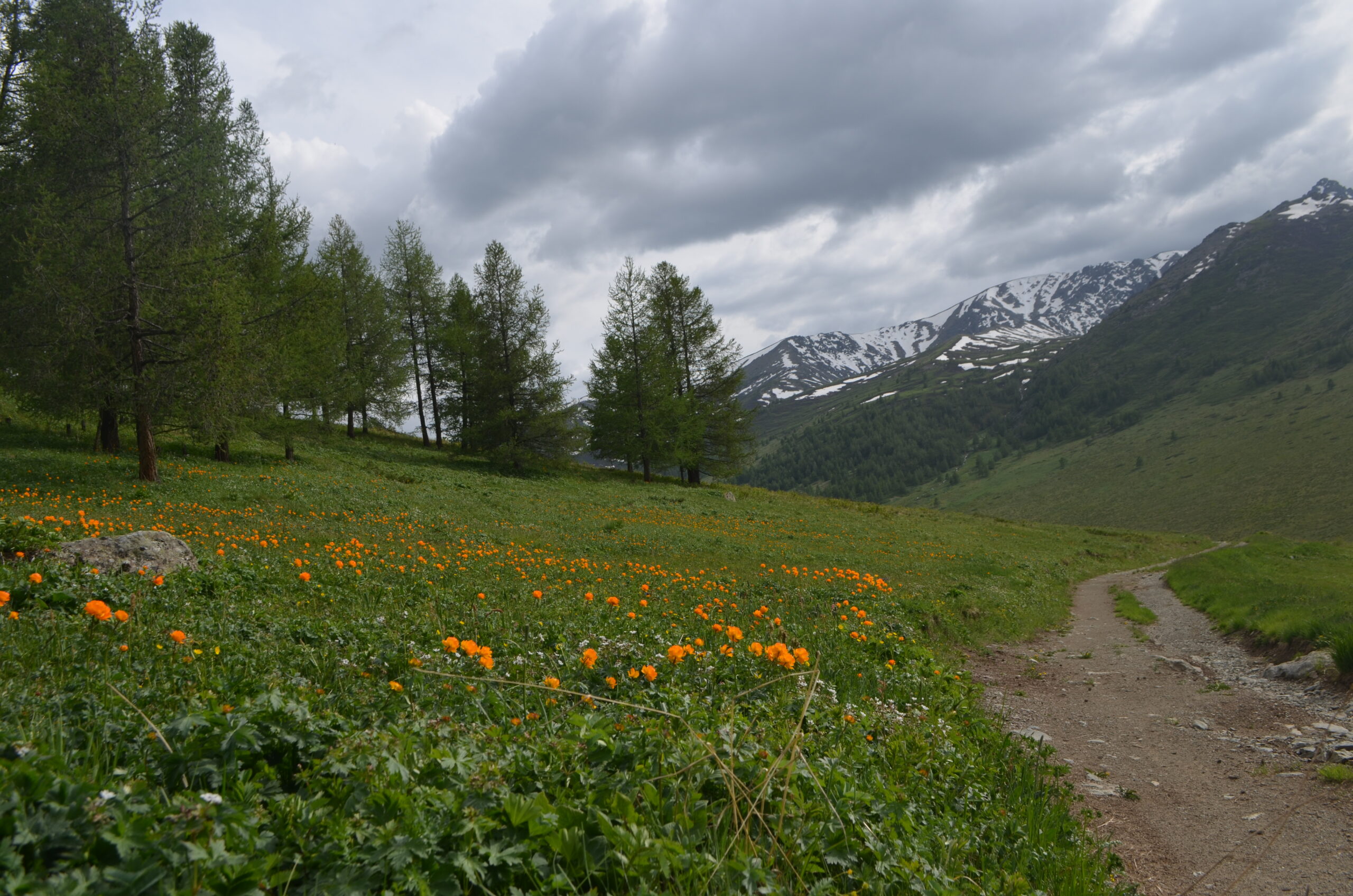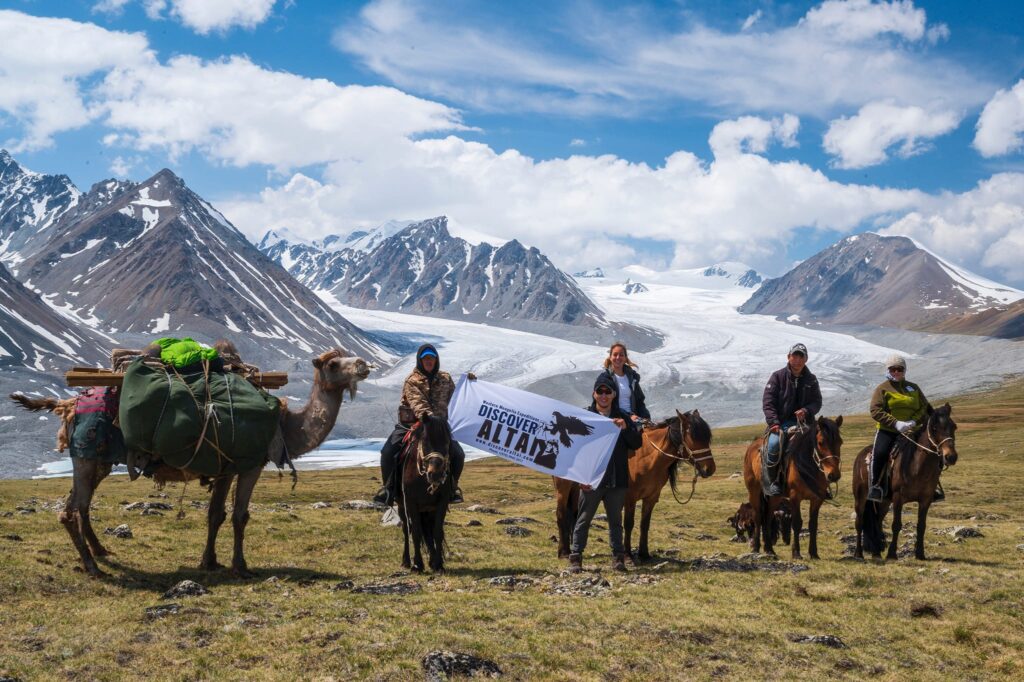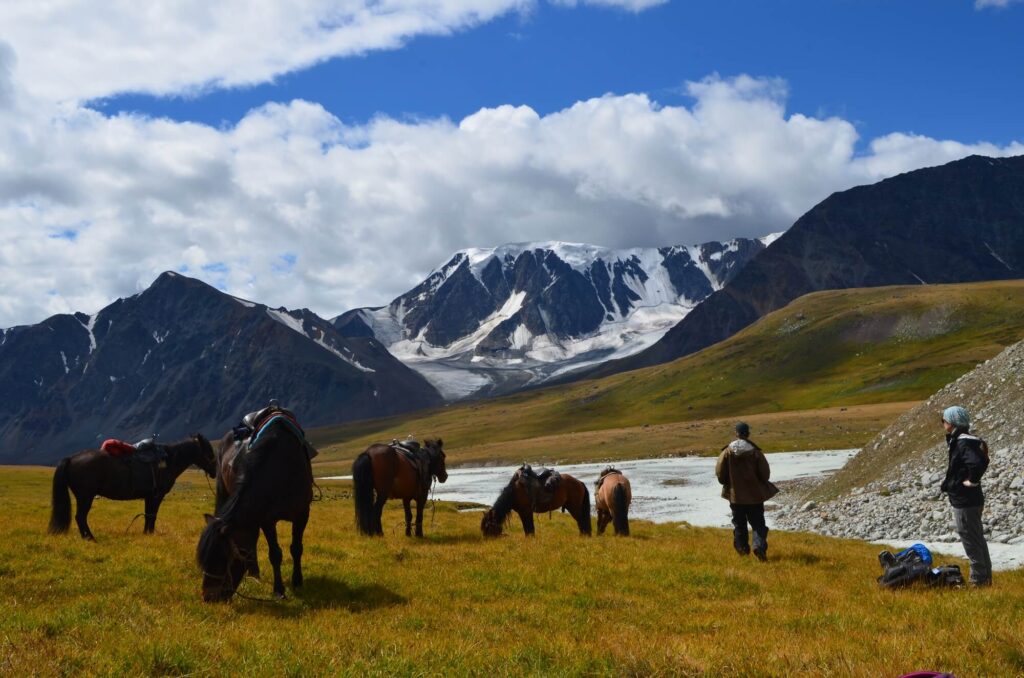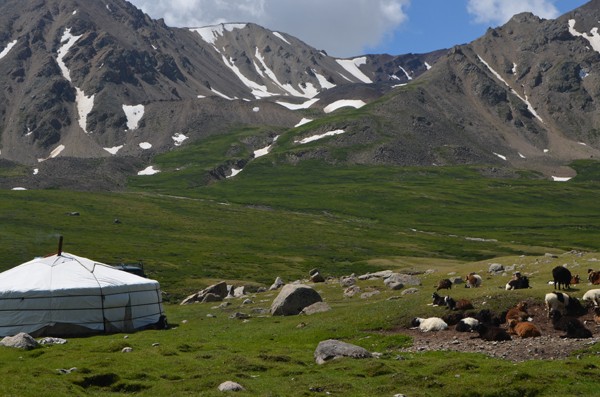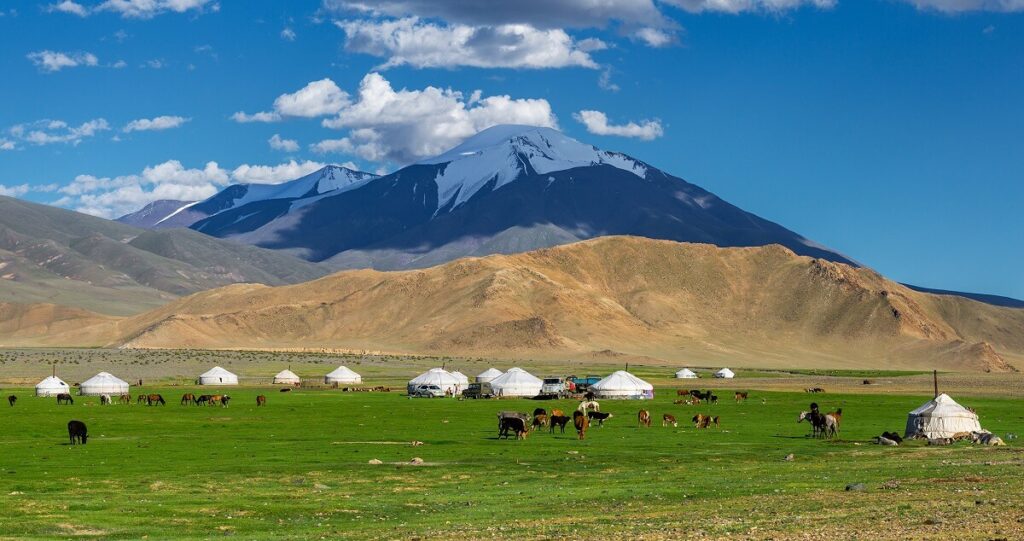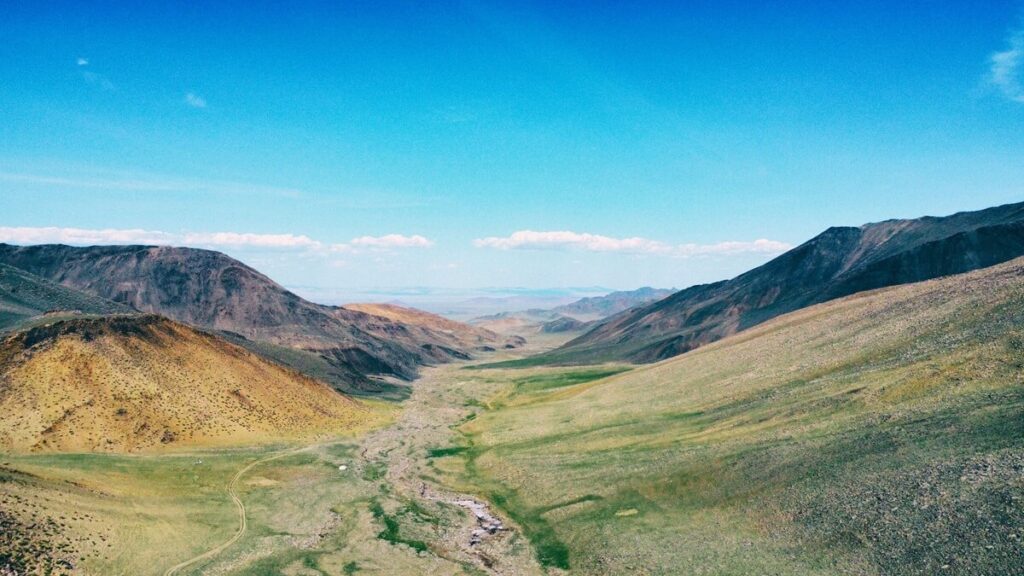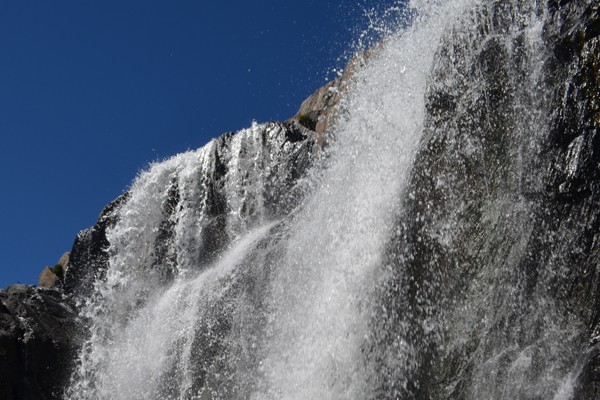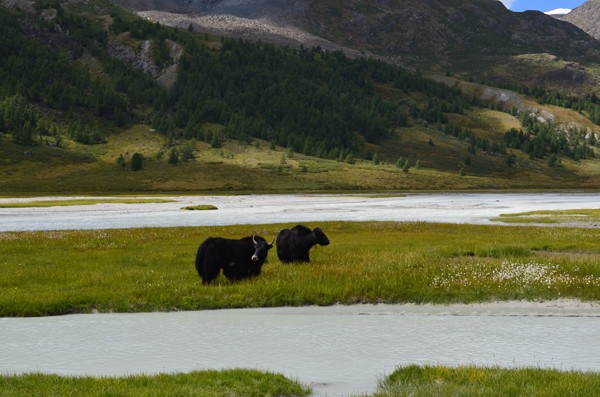Altai mountains weather – The Altai Mountains, a sprawling mountain range extending across Russia, Kazakhstan, Mongolia, and China, are renowned for their breathtaking landscapes, unique biodiversity, and rich cultural history.
The weather in this region is as varied as the terrain itself, characterized by significant seasonal and geographical variations. Understanding the weather patterns in the Altai Mountains is crucial for anyone planning to visit or study this remote and majestic region.
We offer you CLIMB MOUNT KHUITEN MONGOLIA. Mount Khuiten is the highest peak in Mongolia, which is located in the remote area of the Mongolian Altai region. In addition, Altai Tavan Bogd National Park is truly one of the must-see places in Mongolia as there are stunning snow-capped mountains and an array of beautiful valleys. It will be wonderful 🤩🤩
Geographical Influence on Weather
The Altai Mountains extend across several countries, covering a vast area with elevations ranging from 500 to over 4,500 meters. This geographical diversity leads to significant variations in weather across the region.
The mountains act as a natural barrier, influencing the climate on both sides. The western slopes generally experience more precipitation due to moist air masses coming from the Atlantic Ocean, while the eastern slopes are drier, with a more pronounced continental climate.
Winter Weather
Winters in the Altai Mountains are typically harsh and prolonged, with snowfall beginning as early as October and lasting until April or even May in higher altitudes.
During this period, temperatures can drop significantly, often plunging below -20°C (-4°F) in the valleys and even lower at higher elevations. The coldest months are usually January and February, where temperatures can reach as low as -40°C (-40°F) in the most extreme conditions.
The heavy snowfall during winter blankets the mountains, creating a pristine, snow-covered landscape that is both beautiful and treacherous.
The deep snow and icy conditions can make travel difficult, and the risk of avalanches is a constant concern, particularly in the higher altitudes and steeper slopes.
Despite these challenges, winter is a popular time for certain activities such as skiing, snowboarding, and ice climbing, attracting adventurers from around the world.
Spring Weather
Spring in the Altai Mountains is a transitional period marked by a slow thawing of the snow and a gradual warming of the temperatures. March and April are typically still quite cold, with occasional snowstorms and temperatures that can still dip below freezing, especially at night.
However, by May, the snow begins to melt more rapidly, leading to swollen rivers and streams as the water flows down from the mountains.
This season is also characterized by unpredictable weather, with rapid changes in conditions from day to day. Visitors may experience a mix of sunshine, rain, and lingering snow, sometimes all in the same day.
Despite the variable weather, spring is a time of renewal in the Altai, with wildflowers beginning to bloom and Mongolian wildlife becoming more active after the long winter.
Summer Weather
The summer months, from June to August, bring a dramatic change to the Altai Mountains. Temperatures rise significantly, with daytime highs often reaching 20°C to 25°C (68°F to 77°F) in the valleys. However, the weather remains cooler at higher altitudes, where temperatures can range from 10°C to 15°C (50°F to 59°F).
Summer is the best time to visit the Altai Mountains for those interested in outdoor activities such as hiking, trekking, and mountaineering. The snow has mostly melted by this time, except on the highest peaks, and the mountain meadows are lush and green.
However, summer weather can still be unpredictable, with sudden rain showers and thunderstorms common, particularly in the afternoons.
The Altai Mountains receive relatively low precipitation overall, but summer is the wettest season, with most of the annual rainfall occurring between June and August. These rain showers can quickly turn into thunderstorms, with lightning being a hazard in the exposed higher altitudes.
Autumn Weather
Autumn in the Altai Mountains is a brief but beautiful season, typically lasting from September to early October. The weather begins to cool down rapidly, with temperatures dropping from the summer highs to more moderate levels. By late September, frost is common, and the first snowfalls can occur at higher elevations.
The autumn colors in the Altai are spectacular, with the forests and valleys turning shades of yellow, orange, and red. This season is also one of the most stable in terms of weather, with fewer storms and more clear, crisp days. However, the window for autumn weather is short, as winter often arrives early in the mountains.
The weather in the Altai Mountains is a reflection of the region’s rugged and remote character. From the harsh winters to the unpredictable spring, the warm but stormy summers to the brief, colorful autumns, the Altai’s weather is as varied as its landscapes.
Whether you’re planning an adventure or simply seeking to understand this unique region, being prepared for the Altai’s diverse and sometimes challenging weather conditions is essential.




